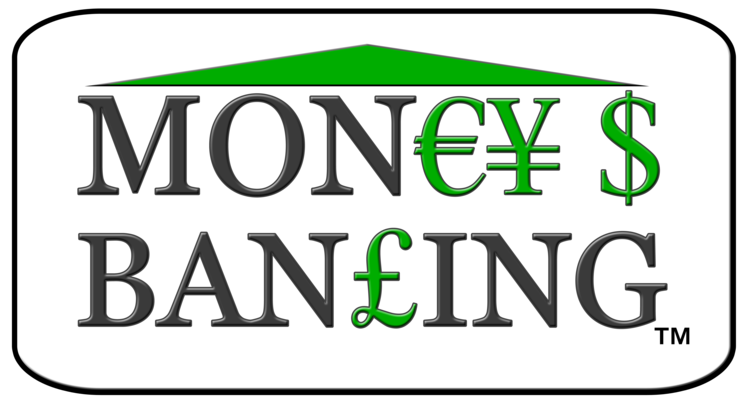The Federal Open Market Committee (FOMC) is facing a crisis of its own making. The crisis has four elements. Policymakers failed to forecast the rise in inflation. They failed to appreciate how persistent inflation can be. They are failing to articulate a credible low inflation policy. And, so far, there is little sign that monetary policymakers recognize the need to react decisively.
Our fear is that matters have now progressed to the stage where the Fed’s credibility for delivering price stability is at serious risk. And, as experience teaches us, the less credible the central bank, the more painful it is to lower inflation to target.
In this post, we discuss the policy crisis and suggest how to respond. In our view, the FOMC needs a plan to raise rates quickly and substantially. For the FOMC to ensure inflation returns to its target of 2%, policymakers likely will need to bring the short-term real interest rate into significantly positive territory. Put slightly differently, we suspect that the policy rate needs to rise to at least one percent above expected inflation.
Won’t a sharp policy tightening trigger a huge recession? In our view, credibility is the key to how much pain disinflation will cause. Applying the painful lesson of the 1970s and early 1980s leads us to conclude that the FOMC now needs to show clear resolve. Inflation rose very quickly over the past year, so it may still be possible to bring it down sharply without a recession. The more decisively policymakers act, the lower the long-run costs are likely to be. Failure to restore price stability in a timely way would almost surely render this expansion disturbingly short compared to recent norms.
Read More